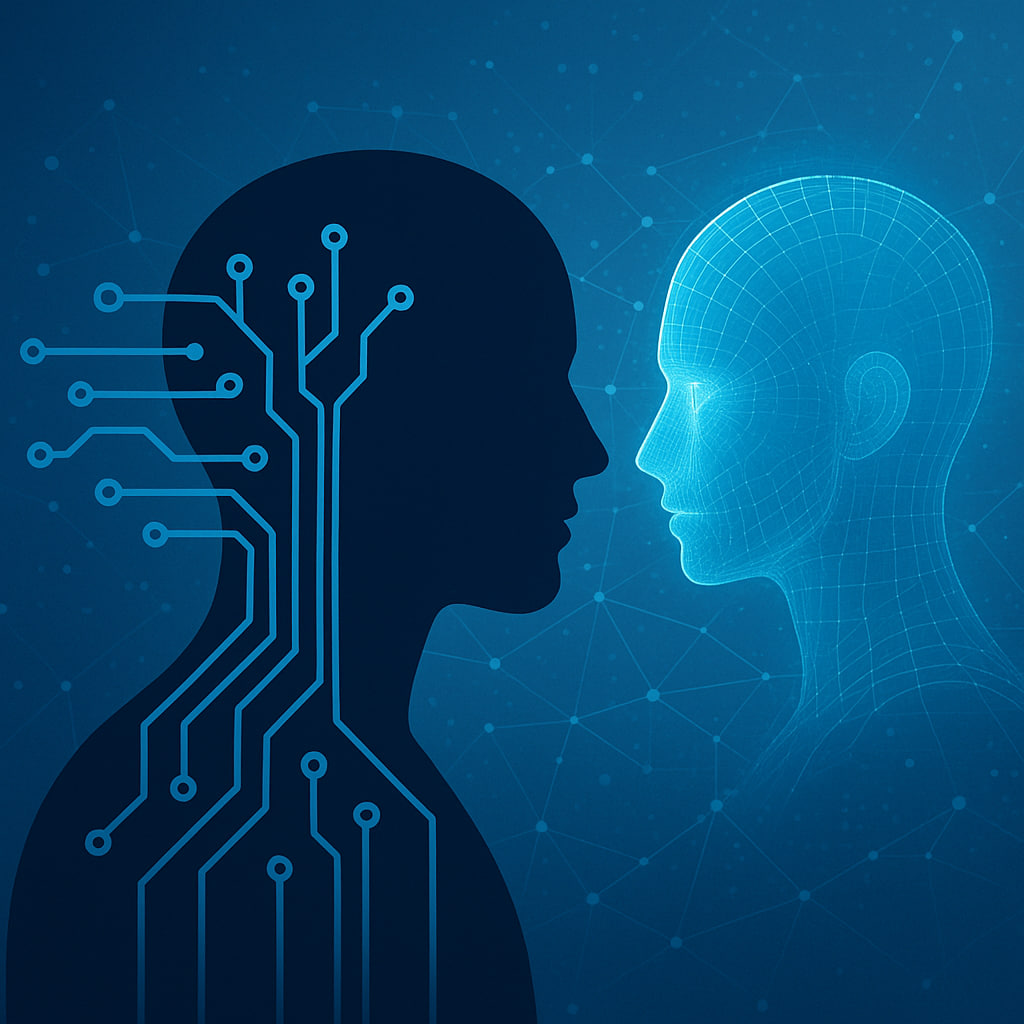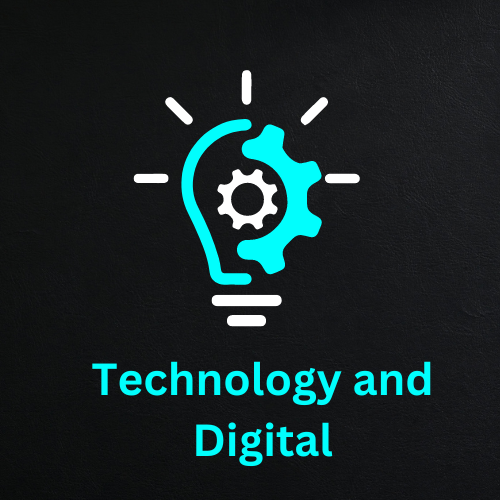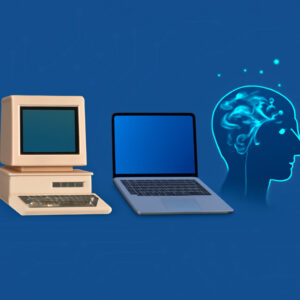How Technology Redefines What It Means to Be Human

The Digital Reflection of Humanity
Technology has always mirrored the human condition. The first wheel echoed our need for movement; the printing press echoed our hunger for knowledge; the internet echoes our craving for connection. Today, artificial intelligence and digital networks serve as extensions of thought, memory, and even emotion. In this reflection, technology does not steal humanity — it amplifies it.
Every swipe, every click, every post is a fragment of collective consciousness. Millions of digital footprints form an evolving portrait of humankind — one that learns, adapts, and feels. When AI curates music that resonates with the listener’s mood, or when a prosthetic limb moves at the command of thought, it becomes clear that technology is weaving itself into the fabric of the soul.
The Emotional Dimension of Machines
There was a time when technology was cold — made of steel, code, and command lines. But today, it listens, learns, and even responds with empathy. Machine learning models detect emotion in voices; chatbots comfort those who feel alone; virtual companions offer conversation when silence grows too heavy. In subtle ways, machines have begun to understand emotion, even if they do not yet feel it.
Yet, this blurring of emotion raises profound questions. If an AI can simulate care, does it count as compassion? If technology can mimic empathy, does that make it real? The answer may not lie in logic but in perception. For the person comforted by a digital companion, the comfort itself is genuine. The technology becomes a vessel — not replacing emotion, but translating it.
Technology as the Architect of Connection
In the digital age, distance no longer defines connection. A whisper in Tokyo can be heard in London within seconds; a smile in Mumbai can light up a screen in New York. Social platforms, cloud networks, and immersive digital worlds have erased the borders once drawn by geography. Technology, in essence, has rebuilt the architecture of human connection.
But this boundless connectivity comes with paradoxes. In a world where everyone is reachable, solitude feels rarer than ever. Genuine interaction risks being replaced by screens and signals. Yet, even amidst this digital noise, technology also enables new forms of empathy. Video calls bridge oceans; online communities offer belonging; virtual reality allows one to step inside another’s story. Humanity evolves not by rejecting technology, but by using it to expand the reach of the heart.
When Data Becomes Memory
Every photograph stored in the cloud, every message saved in a digital archive — all of it becomes a new form of memory. Humanity is, in many ways, outsourcing its remembrance to machines. Algorithms help recall birthdays, retrieve lost words, and predict what will matter next. The human brain is no longer the sole guardian of memory; technology has become its eternal library.
This transformation raises both awe and anxiety. While data preserves stories that might otherwise fade, it also challenges the notion of forgetting — a deeply human act. To forget is to heal, to let go, to grow. But in the age of infinite storage, forgetting has become almost impossible. Technology immortalizes every moment, forcing humanity to coexist with its digital past.
The Ethics of Creation and Control
As technology grows in intelligence, so does its moral weight. Artificial intelligence now makes decisions once reserved for human judgment — from diagnosing diseases to managing justice systems. These advancements carry both brilliance and burden. The question is no longer what machines can do, but what they should do.
Ethical technology demands reflection, not resistance. Developers, policymakers, and citizens alike must ask: can innovation serve without exploiting? Can progress move forward without leaving people behind? Responsible design means creating technology that uplifts humanity — not replaces it. True progress, after all, is measured not by power, but by purpose.
The Human Spirit in a Digital Future
Despite all transformation, there remains something ineffably human that no algorithm can replicate: imagination. It is the spark behind invention, the whisper behind art, the courage behind change. Machines may calculate faster and think deeper, but they cannot dream without human inspiration. The future belongs not to technology alone, but to the partnership between creation and creator.
In this future, humanity may wear augmented reality glasses, live among smart machines, and speak in code — yet still yearn, love, and hope. Technology may redefine humanity, but it cannot erase it. Instead, it illuminates what it means to be alive in a world that is constantly remade by its own creations.
Embracing the Dance of Progress
Technology and humanity are partners in an eternal dance. One moves forward; the other gives meaning. Together, they form a rhythm — the pulse of civilization. To fear technology is to misunderstand its essence. To embrace it with wisdom is to evolve gracefully with time.
For innovators and dreamers, the key lies in balance. Start by designing with empathy, leading with ethics, and creating for connection. Use technology not as a shield against humanity, but as a bridge toward understanding. In doing so, innovation transforms from invention into intention — and that is where true progress begins.
Conclusion: Rediscovering Humanity Through Technology
Technology does not steal the soul of humankind; it reveals it. Every screen, every signal, every silent algorithm is a reflection of human thought and emotion. What matters most is not how advanced machines become, but how deeply humanity remains rooted in compassion, creativity, and curiosity.
The future will not be defined by code alone, but by the hands and hearts that write it. Perhaps, in understanding our creations, we are finally beginning to understand ourselves.
What does being human mean to you in this age of endless innovation? Share your thoughts below — the conversation between humanity and technology is just beginning.



